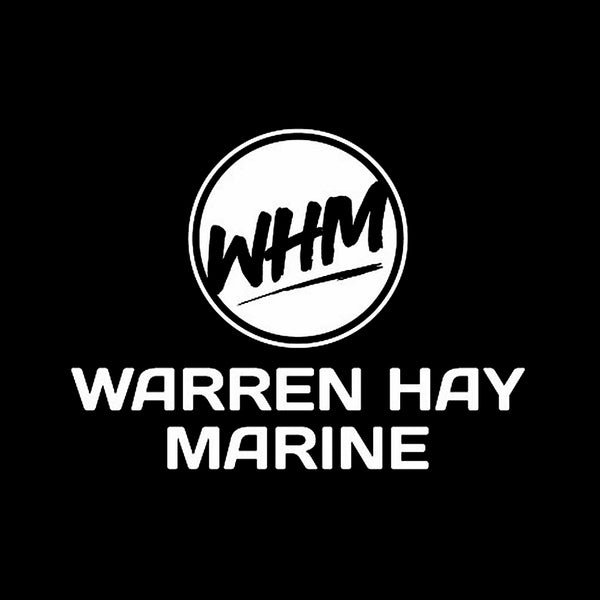
Targeting Kingfish with Stickbaits in New Zealand – A Thrill Like No Other
Share
If you're looking to take your topwater fishing to the next level, stick baiting for kingfish (Seriola lalandi) in New Zealand offers an unmatched adrenaline rush. These powerful predators are aggressive, hard-fighting, and often feed close to the surface—making them the perfect target for surface lures like stickbaits.
Whether you're a seasoned angler or just starting out with topwater techniques, New Zealand’s coastline—from the rugged Far North to the offshore reefs of the Bay of Plenty—provides some of the best stick baiting opportunities in the world. Theres nothing quite like witnessing the explosive strike of a Kingfish as it strikes a stickbait.

What is Stick Baiting?
Stick baiting is a form of topwater fishing using long, slender lures (stickbaits) designed to mimic wounded baitfish. Unlike poppers, which create loud splashes and noise, stickbaits offer a more subtle, natural action—perfect for enticing kingfish that are feeding near the surface or following bait schools.
Why Kingfish?
New Zealand kingfish are revered for their sheer power, stamina, and explosive surface strikes. Hooking a kingie on a stickbait is about as exciting as it gets in sportfishing. Watching one of these green-backed missiles chase, follow, and smash your lure in clear water is an experience you won’t forget.
Best Locations in NZ for Stick Baiting Kingfish
-
Bay of Islands – Reefs, pins, and current lines are loaded with life.
-
Three Kings Islands – Remote and wild, this is world-class kingfish territory.
-
White Island / East Cape – Volcanic terrain and deep reefs make for explosive fishing.
-
Coromandel Peninsula – Reliable summer and autumn topwater action.
-
Bay of Plenty – Offshore reef systems hold quality kingfish throughout the warmer months.
- While Whangarei isn't in the well known list of kingfish spots, there is no shortage of fish or opportunities both within the harbor or in the surrounding waters off oceans, Chicks and Bream bay
Gear Essentials for Stick Baiting
-
Rod: A dedicated stickbait rod, typically 7’6” to 8’2”, rated PE4–PE8, with a semi parabolic action to absorb the fight and work the lure properly.
-
Reel: Heavy-duty spinning reels like the Shimano Stella SW, Twin Power, Daiwa Saltiga, or Daiwa Certate with high drag capacity and smooth performance.
-
Line: PE braid (50–80lb), with a fluorocarbon leader (100–130lb) to withstand abrasion and shock.
-
Lures: Floating or sinking stickbaits in 120–220mm sizes, depending on conditions. Colours like pilchard, anchovy, or natural baitfish patterns work well.
-
Hooks: Always upgrade split rings and trebles to match your target. Inline singles are gaining popularity for better hook-up and fish safety, but not all lures will swim well with single hooks.
Tips for Success
-
Observe the Water: Look for signs of life—baitfish schools, birds, or surface boils, current lines change of contour.
-
Work the Lure: Use a sweep-pause-retrieve technique to simulate a struggling baitfish.
-
Stay Alert: Kingfish often follow the lure right to the boat—don’t lift too soon!
-
Fish the Tide: Moving water around structure (reefs, pins, ledges) is ideal.
-
Use Polarised Glasses: Spotting fish or following kingies is easier with good optics.
Catch and Release or Keep for the Table?
Many anglers release big kingfish to preserve breeding stock. Smaller fish (75–100cm) are ideal for the table and easier to manage. If you keep one, respect the fish, bleed it immediately, and ice it down properly.
Final Thoughts
Stick baiting for kingfish is a highly visual, exciting way to fish—offering up heart-stopping strikes and a test of both angler and gear. With the right setup, local knowledge, and persistence, New Zealand’s coastal waters can reward you with the king of topwater fishing experiences.
Ready to get geared up or book your next kingfish adventure? Visit us at Warren Hay Marine in Whangarei—we’ve got the rods, reels, and local knowledge to help you make it happen.
